CELEBRATING CHHATH IN JANAKPUR
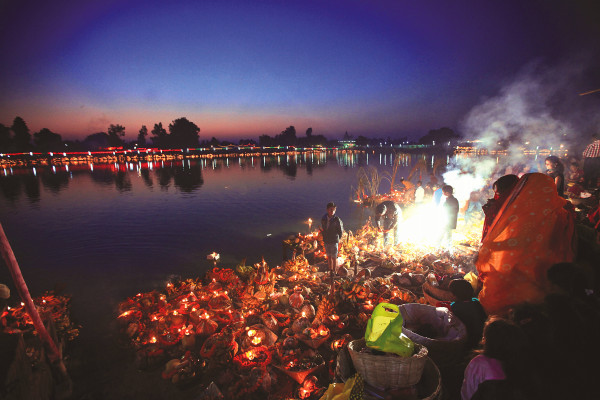
" Visitng Janakpur during Chhath can be an insightful moment for tourists who seek to understand the way practices differ from the other ethnic communities and geographies. "
Celebrating Chhath in Janakpur
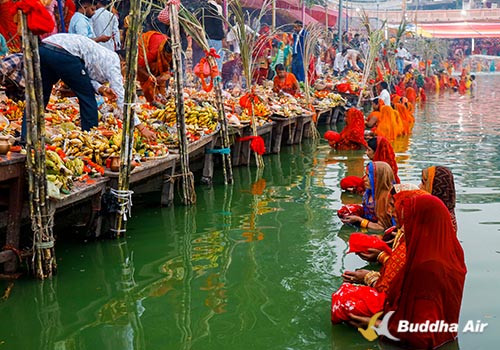
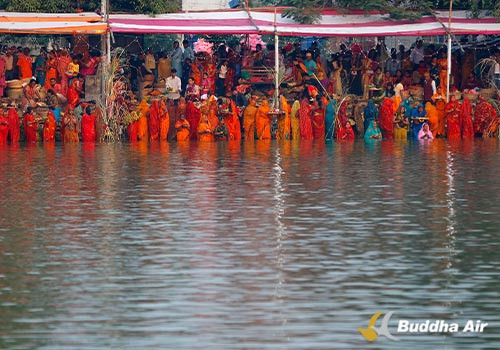
Water plays a central role in the lives of the people living in Terai. In Janakpur alone there are countless cisterns that sustain local livelihoods and facilitate daily as well as occassional rituals. This bond between life-giving water and people in the Southern plains is most pronounced during certain times of the year.
What is Chhath?
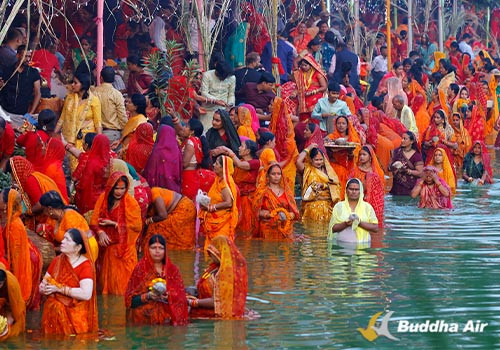
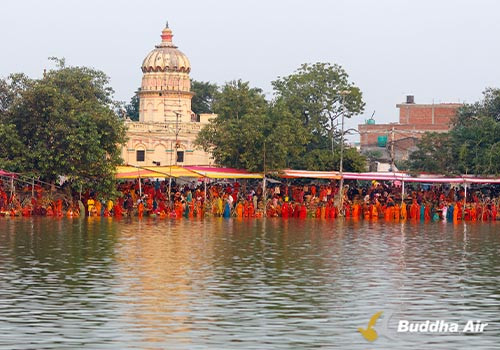
Besides Dashain (Dashera) and Tihar (Deepawali), one of the most auspicious times for the people in Terai is the Chhath festival. Named so for its timing on the 6th day in the month of Kartik, the festival sees women from all walks of life, along with their families, offer salutations to the rising and the setting sun. Through a rigorous couple of days men and women worship the sun god Surya and his female form Chhat Maiya by congregating at holy waterbodies.
The rituals and processes of the festival begin a few days earlier and are very demanding. It begins with purification and fasting. Water becomes an important motif in the entire process. In fact many followers tend to spend much of their observance of the festival along a pond or a lake.
The Days of Chhath
- On the first day of Chhath, people take a dip in the closest revered waterbody and bring home the water to prepare offering. During this day, homes and surroundings are cleaned thoroughly and only one meal is eaten.
- On the second day, people observe fasting for the entire day (or as long as 36 hours) and worship the earth.
- On the third day, which falls on the Kartik Shukla Shashti, evening offerings are made to the setting sun. The day is used for preparing the Prasad and the whole family accompanies the devotee to the waterbody. Once the offering is made, people celebrate with cultural programs, music and dance. Folk songs sung in this time are about the culture, social structure, history and mythology of Mithila and its vicinity. A final activity is the late lighting of oil lamps that are kept under a canopy of sugarcane ticks that symbolize the human body.
- On the final day of Chhath, devotees along with their families and friends go the waterbody before sunrise and make the final offering to the rising sun. This concludes the long fast taken on the second day of the festival.
Beyond the large number of people dressed in colorful saris and their picturesque movements in and around shallow waters, the rigorous processes has much to do with yogic understanding of the body as conductive channels of energy. Process and rituals observed prepare the devotees’ bodies to be in sync with the solar radiation of the sun and thus create the necessary grounding for cosmic solar energy infusion.
Visitng Janakpur during Chhath can be an insightful moment for tourists who seek to understand the way practices differ from the other ethnic communities and geographies.
